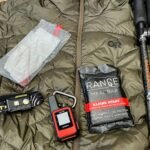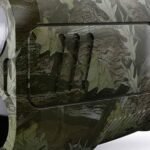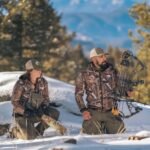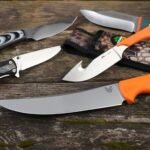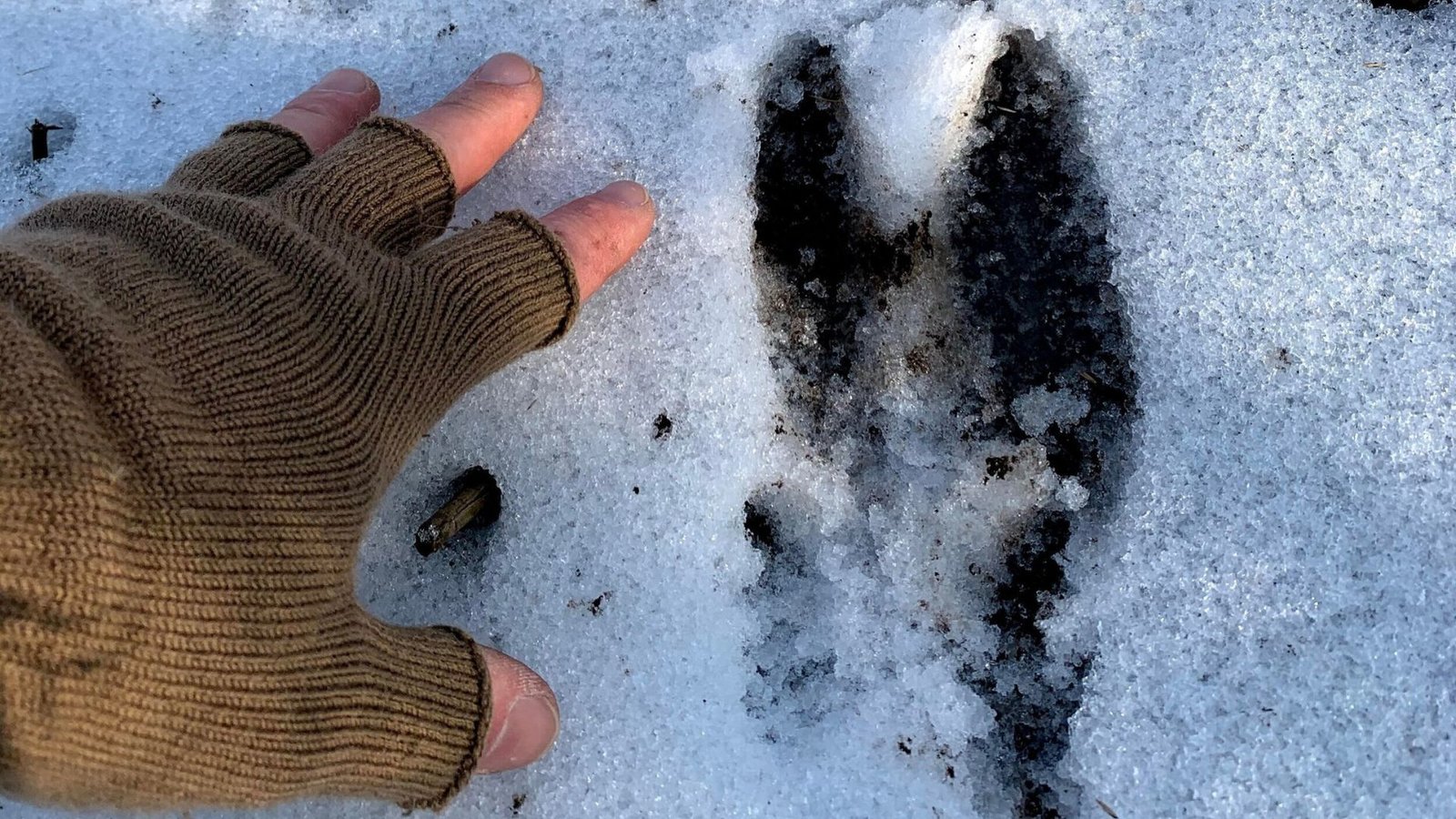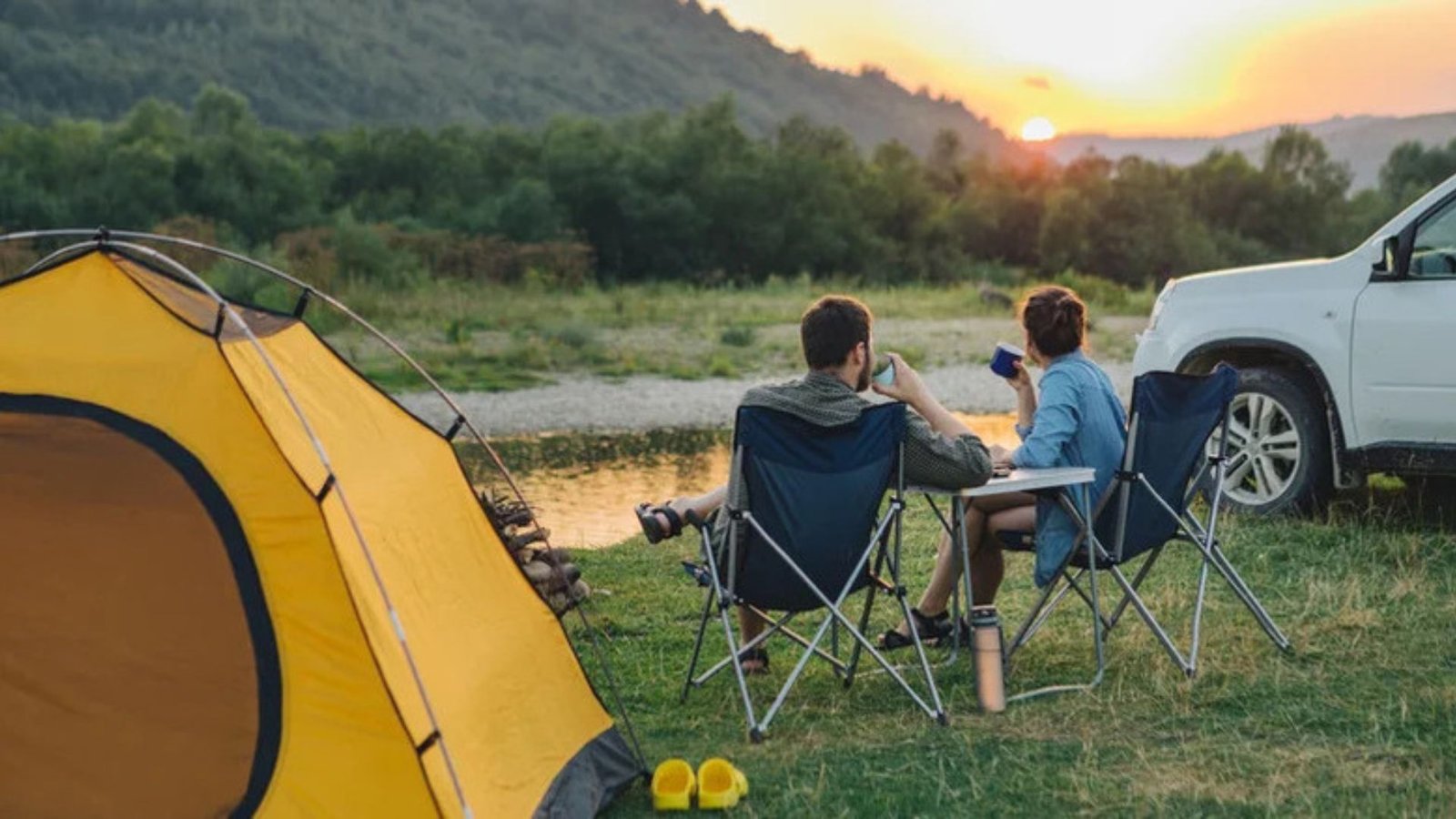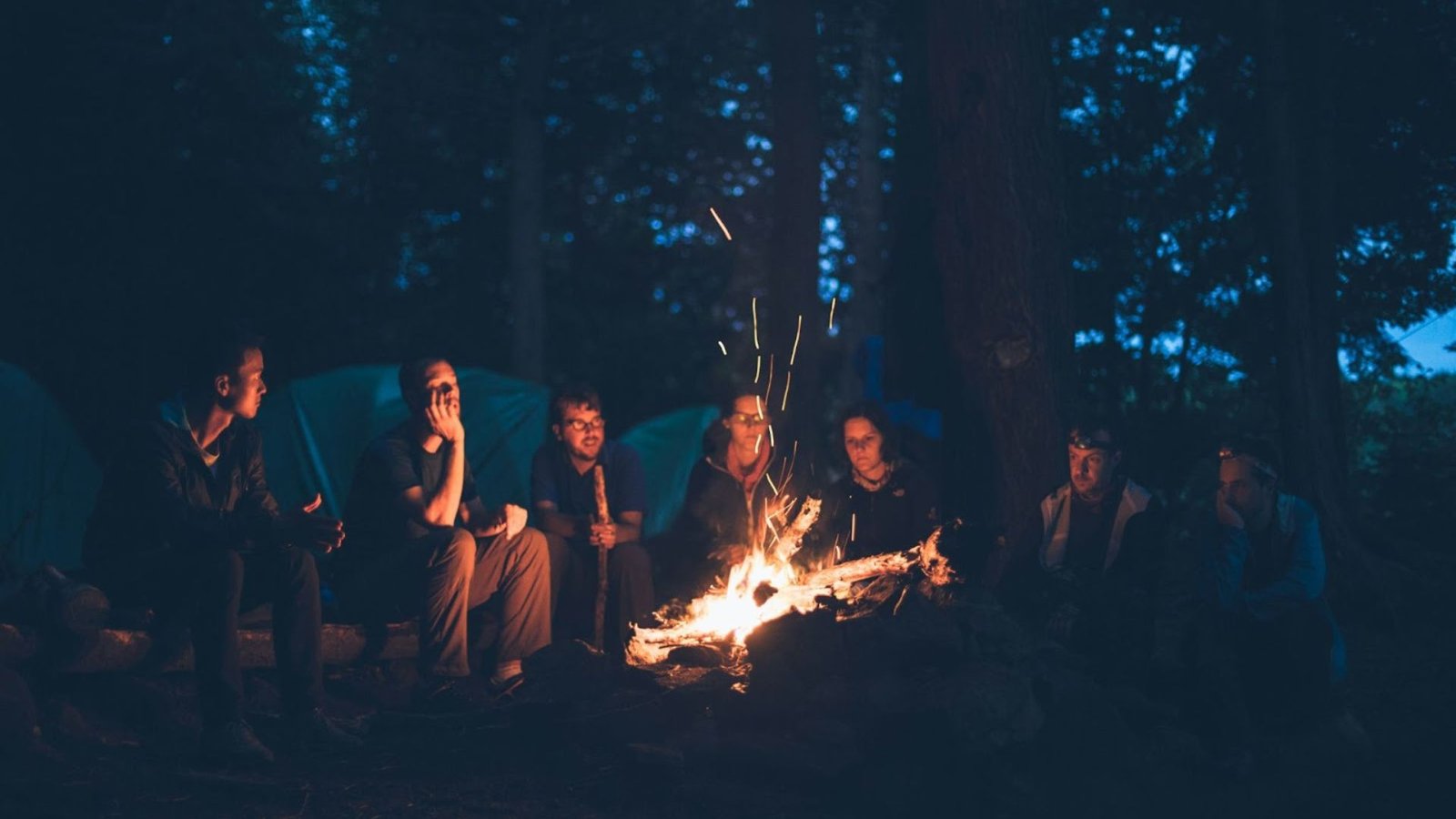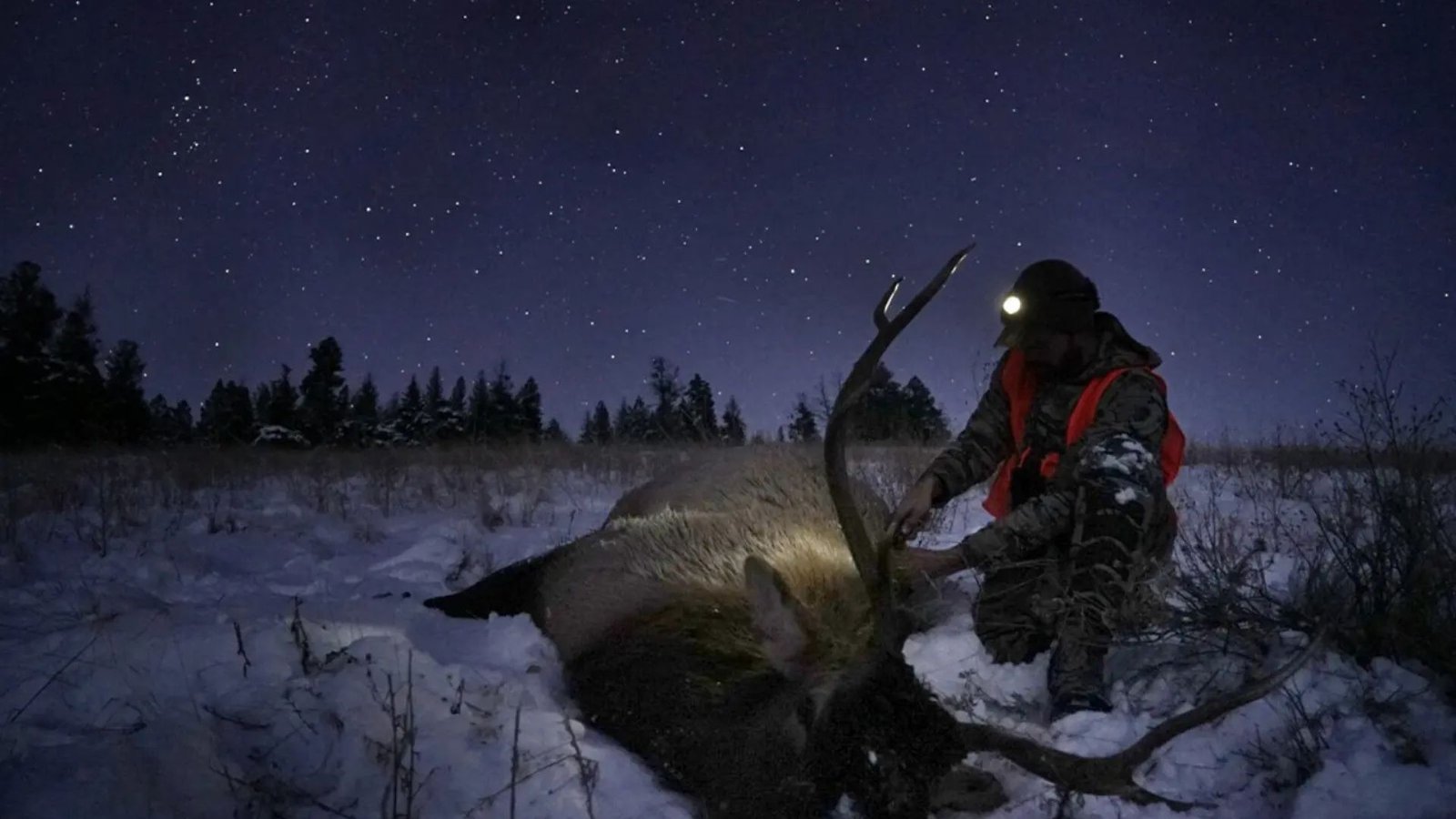Tracking deer in the snow is one of the most effective ways to find them, but it requires patience and attention to detail. How to follow deer tracks in snow can be a rewarding experience, especially when you know what to look for and how to interpret the signs. If you’re new to tracking or looking to improve your skills, this guide will give you the information you need to track deer with confidence and accuracy.
Understand the Basics of Deer Tracks
Before you set out to follow deer tracks in snow, it’s important to know what you’re looking for. Deer tracks are usually around 2-3 inches wide and will show a distinct hoof shape. The tracks can differ based on the type of deer—white-tailed deer, for example, leave tracks that are generally heart-shaped. The snow’s condition also plays a role in how the tracks look; in fresh, fluffy snow, the tracks will be deep and sharp, while in crusted snow, the prints might appear less clear.
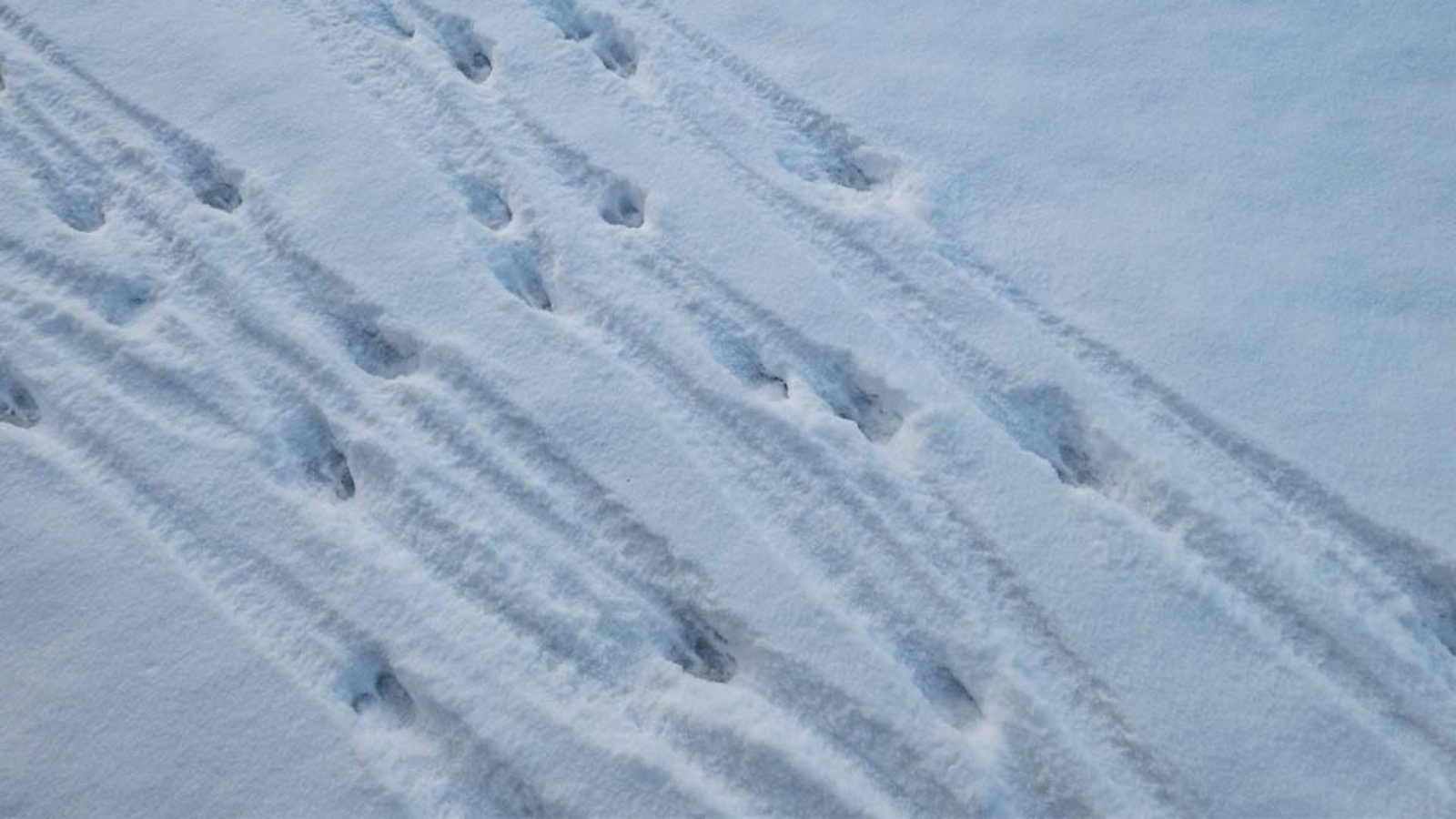
Look for Fresh Tracks
The first step in how to follow deer tracks in snow is to find fresh tracks. Fresh tracks will have crisp, well-defined edges, and the snow around them will still be undisturbed. If the tracks are old, they will be harder to follow, as they will have been worn down or filled in by wind or other animals. As a rule of thumb, tracks that are less than a few hours old are the best to follow because they’re still clear and easy to read.
Observe the Track Pattern
Once you find fresh deer tracks, take time to observe their pattern. Deer typically move in a fairly predictable way, and by following the pattern, you can get an idea of their direction. How to follow deer tracks in snow requires you to be patient and move slowly. Look for signs of deer behavior, such as whether they are walking at a steady pace or stopping frequently to feed or rest. If the tracks are spaced widely apart, the deer is likely moving quickly, whereas closely spaced tracks indicate a slower pace.
Check for Directional Clues
As you follow the tracks, look for clues that can tell you which direction the deer is heading. The angle of the tracks can be a good indicator. Deer typically follow familiar trails, especially in areas where snow has accumulated, and recognizing this can help you predict where they might go next.
Look for Disturbances in the Snow
In addition to the tracks themselves, how to follow deer tracks in snow involves looking for other disturbances in the snow. If a deer is feeding, you may see snow kicked up from grazing or scuff marks in the snow from its hooves. Additionally, check for areas where the snow is more compressed, indicating that the deer may have spent more time in that spot. These subtle signs can guide you toward the deer’s next movements.
Use the Wind to Your Advantage
Wind can be a helpful tool in tracking deer in the snow. Deer tend to travel into the wind, so when following tracks, consider the direction the wind is blowing. This could give you a clue as to where the deer might be heading. If you’re unsure about the wind direction, you can use natural indicators, such as the way trees or plants sway, to determine which way the wind is blowing and adjust your tracking route accordingly.
Pay Attention to the Time of Day
The time of day plays a big role in how to follow deer tracks in snow. Deer are most active during dawn and dusk, so tracking them during these times can give you an advantage. Early morning is often the best time to find fresh tracks, as deer tend to move around during the night and early morning hours.
Watch for Signs of Bed Areas
As you follow the tracks, look for signs of bed areas where deer may have rested. These areas are typically marked by flattened patches of snow and areas where the tracks end or change direction. How to follow deer tracks in snow involves identifying these resting spots, as they can give you valuable insight into the deer’s behavior and routines. Once you spot a bed area, carefully approach and continue tracking from there.
Conclusion
Tracking deer in the snow is an exciting and rewarding challenge that requires a combination of skills, patience, and a keen eye for detail. By learning how to follow deer tracks in snow, you can significantly improve your hunting success. Whether you’re looking for fresh tracks, understanding the behavior of the deer, or using natural indicators to guide your way, each step of the process brings you closer to your goal.



